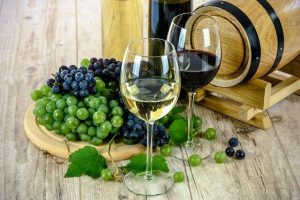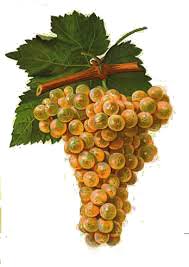Fortified Wine: The Ultimate Guide To This Wine Type
From sherry to port, fortified wines come in a variety of colour, flavour, and sweetness. One thing they have in common, however, is that these wines have all gone through – as the name suggests – the process of fortification. In this article, we will discuss the fortification process, the different expressions of fortified wines and the considerations to keep in mind when pairing them with food. What Is Fortified Wine? A glass of fortified wine is a true delight both as an aperitif or a digestif. Yet, what exactly is it? Commonly classified under the dessert wine category, fortified wines typically have a higher alcohol content than the other sweet wines because the process involves strengthening the wine with grape-based spirits either during or after the fermentation process. Popularized in the late 17th century, this strengthening, otherwise known as fortification, was introduced to stabilize and preserve wine so they can survive the long sea voyages. Due to strict regulations, winemakers must adhere to guidelines and practices that accurately represent the style of their desired wine style. These regulations govern factors such as: Grapes used Alcohol volume Type of spirit added Sugar content Length of aging This unique wine style is incredibly diverse. Wines that are fortified can be dry and delicate, sweet and syrupy, or robust and nutty, depending on the country of origin, grape variety used, and winemaking style. There is something for every level of enthusiast, and a great option to round off a flavourful multi-course meal. The Fortification Process It all begins with a base wine (using specific grape varieties as noted by regulations) made just like a regular wine, where the grapes were harvested, pressed, and then fermented. The fortification process then kicks off when a distilled spirit with an alcohol by volume (ABV) level between 50% – 70% is added to the base wine. Fortifying the base wine at different stages of the fermentation process will influence the final style of wine. Adding distilled spirit in the earlier stages of fermentation will result in a sweeter wine because the strong alcohol content kills off the yeast before they can convert all the sugars into alcohol, consequently leaving a larger amount of residual sugar behind. When the spirit is added after fermentation ends, the yeast has been given the opportunity to convert more sugars into alcohol, resulting in a drier style. After the fortification process has completed, the wines are usually aged for an additional period in wood barrels. In some cases, winemakers may choose to further age the wines in bottles prior to selling them. What are the Different Types of Fortified Wine? Most people may have come across the following styles of fortified dessert wine while walking through the aisle: Sherry, Port, Madeira, Marsala, and Vermouth. Sherry Sherry is exclusively produced in the wine-growing region of Jerez, which is situated in a triangle of land in southern Spain formed by the towns of Jerez de la Frontera, Sanlúcar de Barrameda and El Puerto …





